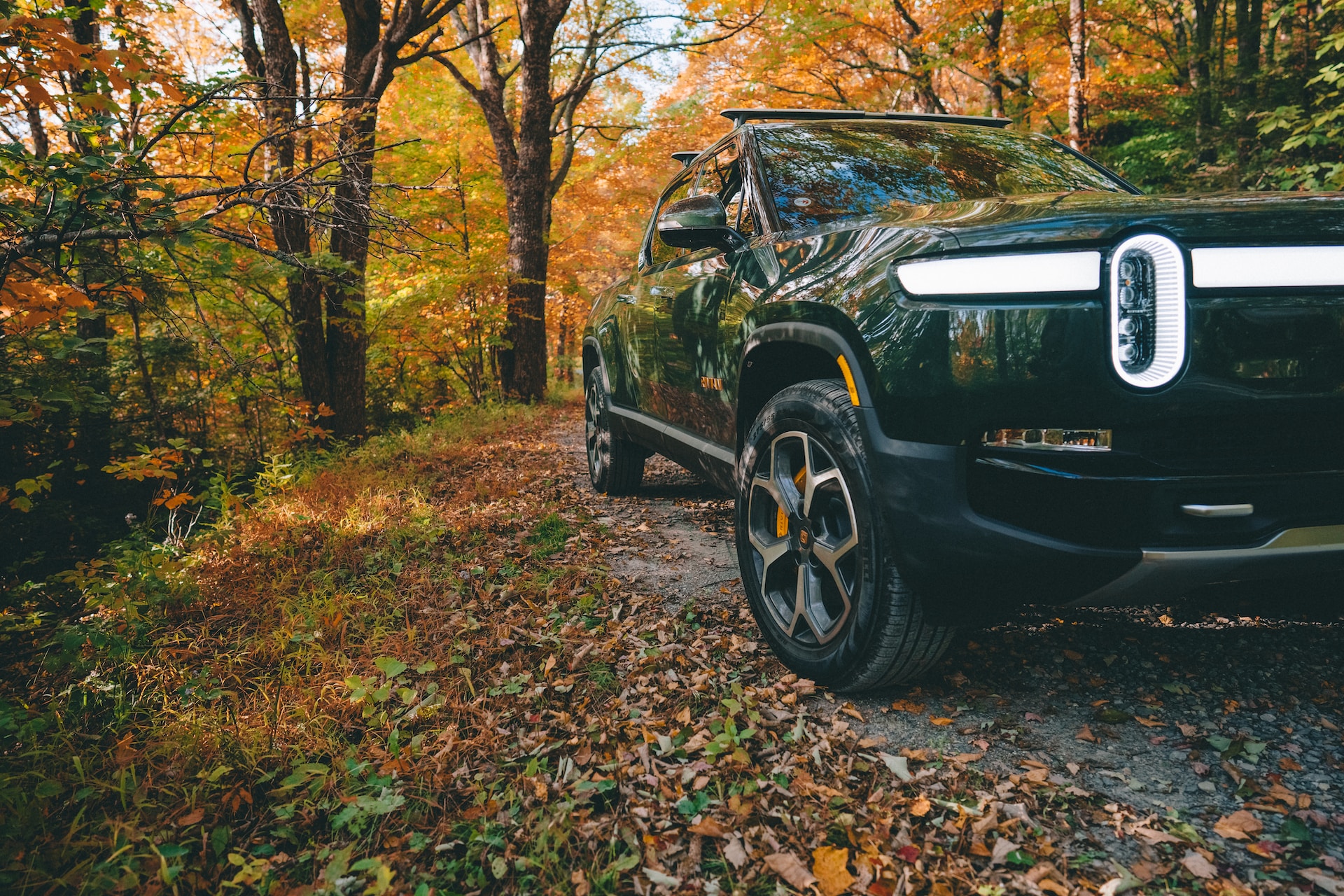Rivian, the electric vehicle (EV) startup that has been making headlines in recent years, has faced numerous challenges as it works towards producing its highly-anticipated R1T pickup truck and R1S SUV. Despite garnering support from big-name investors and boasting partnerships with Amazon and Ford, Rivian has encountered setbacks that have raised questions about the feasibility of its ambitious plans.
One of Rivian’s main challenges has been securing sufficient funding. While the company has raised billions of dollars from investors, including Amazon, Ford, and T. Rowe Price, its funding needs have continued to grow as it pushes back its launch date and expands its plans. In July 2021, Rivian announced that it had raised an additional $2.5 billion in a funding round led by Amazon’s Climate Pledge Fund, bringing its total funding to over $10 billion. However, some experts have expressed concerns that Rivian’s high burn rate could continue to eat into its funds and jeopardize its future.
Another challenge facing Rivian is its production timeline. The company initially planned to start deliveries of its R1T and R1S models in 2020, but this date has been pushed back several times. Currently, the company plans to start deliveries of the R1T in June 2021, with the R1S following in August. However, given the challenges that other EV makers, such as Tesla, have faced in ramping up production, some are skeptical that Rivian will be able to meet its targets.
Supply chain issues have also posed a challenge for Rivian. The global pandemic has led to shortages and disruptions in supply chains across industries, including the auto sector. Rivian has had to contend with delays in receiving necessary components, such as batteries, which have put further pressure on its already stretched production timeline. The company has also faced issues related to its suppliers, with some failing to meet quality standards or delivering faulty components.
Furthermore, there are concerns about the demand for Rivian’s vehicles. While the EV market is growing rapidly, it remains a niche market, and some experts worry that there may not be enough demand for Rivian’s high-end vehicles to justify its substantial investments. Additionally, some have questioned whether Rivian’s target market of outdoors enthusiasts and adventure seekers is large enough to sustain the company’s growth.
Despite these challenges, Rivian has remained optimistic about its future. The company has touted its sustainability goals, including plans to build a second factory with a goal of achieving net-zero carbon emissions by 2030. It has also highlighted its commitment to building durable, high-quality vehicles that can withstand rugged terrain and extreme weather conditions.
Rivian has also emphasized its focus on innovation and has positioned itself as a leader in the EV space. It has developed advanced battery technology that allows for longer ranges and faster charging times, as well as unique features such as a “gear tunnel” that allows for extra storage space in its trucks.
In conclusion, while Rivian’s challenges are significant, they do not necessarily spell doom for the company. The EV market is still in its early stages, and there is plenty of room for new players to emerge. Rivian’s focus on sustainability, innovation, and quality could help set it apart from competitors, and its partnerships with Amazon and Ford give it access to resources that many startups lack. However, the company will need to continue to address its funding needs, production timeline, and supply chain issues if it hopes to succeed in the long term.











